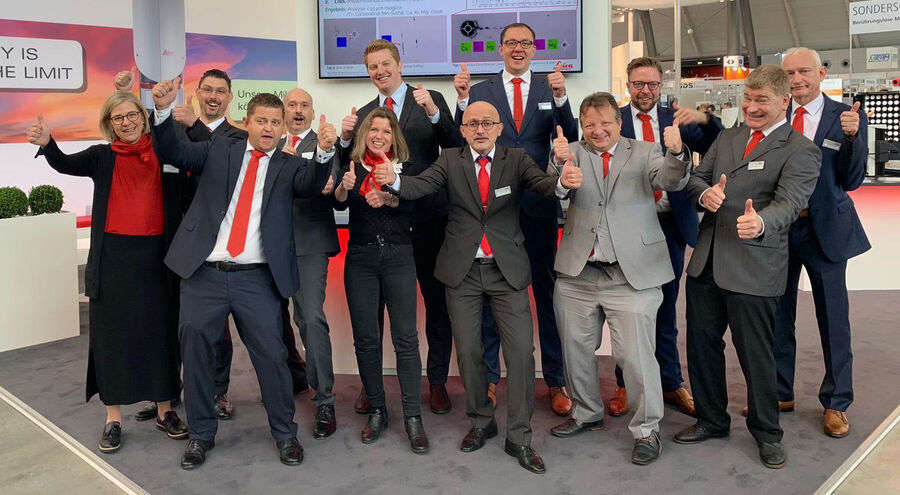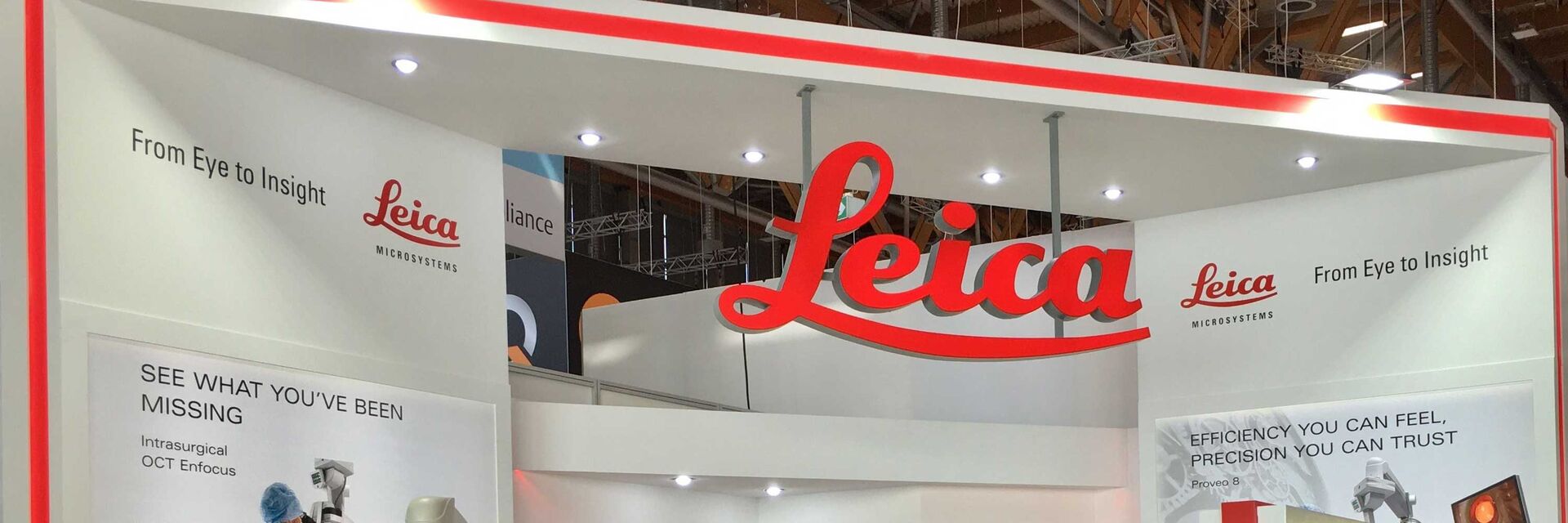Leica Microsystems - Events
We are there for you!
Join us at one of our next events to find out more about our solutions and how they meet your application needs.
Take a look at our upcoming events, webinars and virtual shows.
On-demand Webinars
We also offer a range of on-demand webinars. For sure you will find something for your interest!
We are looking forward to meeting you!

-
26 Jun–26 Jul 2025
-
01–05 Jul 2025
-
01–03 Jul 2025
-
03 Jul 2025
-
03 Jul 2025
-
05–08 Jul 2025
-
09–11 Jul 2025
-
10–12 Jul 2025
-
11–14 Jul 2025
-
16 Jul 2025
-
21–22 Jul 2025
-
25–30 Jul 2025
-
11–22 Aug 2025
-
12–16 Aug 2025
-
18–21 Aug 2025
-
25–28 Aug 2025
-
31 Aug–04 Sep 2025
-
04–07 Sep 2025
-
10–13 Sep 2025
Congresso de Atualização em Neurocirurgia (CBAN)
Brazil • Tradeshow -
23 Sep 2025
Workshop – Ionenstrahlpräparation von Festkörperproben
Switzerland • Workshop -
28 Sep–02 Oct 2025
-
16–19 Nov 2025
-
02 Dec 2025

